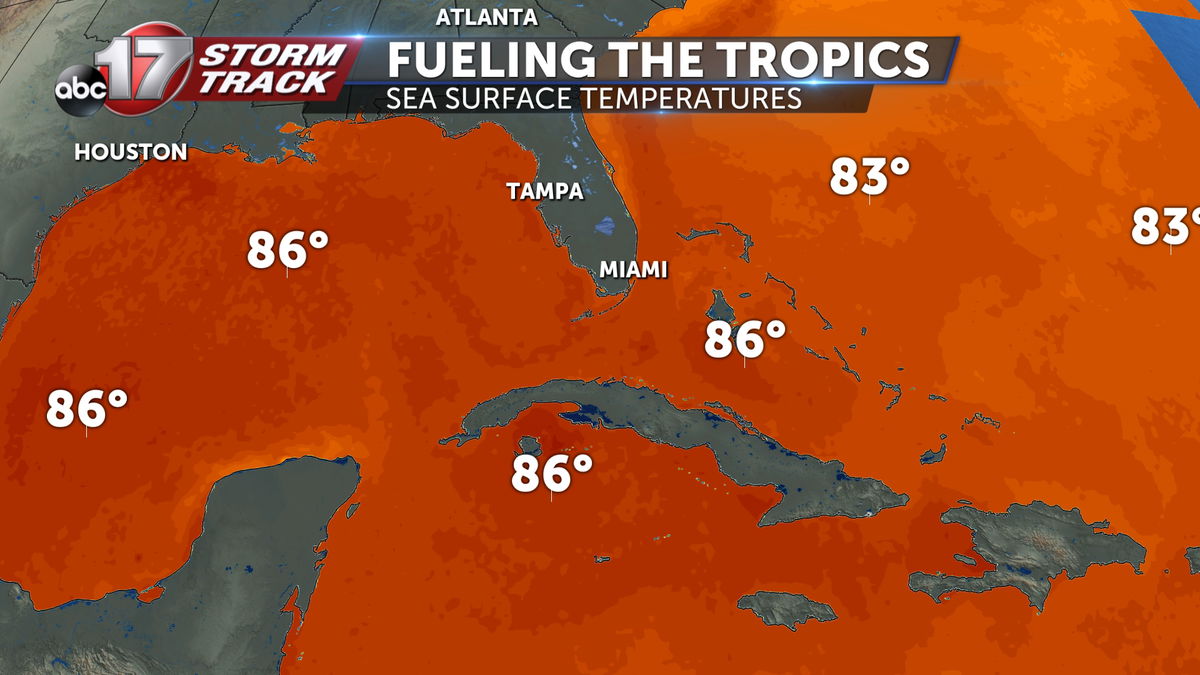Increased activity in Atlantic tropics
Things have been quieter the last several weeks for the Atlantic Ocean. As we head deeper into September, climatological data typically sees an increase in tropical storm activity.

There are three separate cell clusters currently in the Atlantic that are being monitored. In the near future (48 hours) there is little to no chance of these clusters improving into a tropical storm status. A little further out into the next seven day time period, those chances increase greatly for one cell located just to the southeast of the Gulf of Mexico and one to the very far eastern section of the Atlantic.
The cells will be monitored closely as they make their way to the east for any further strengthening.

For the United States, the Atlantic hurricane season focuses on sea surface temperatures in the Gulf of Mexico to look at possible rapid strengthening storms depending on their track and if it cuts its way through this region. This shallow pooling of water usually sees warmer sea surface temperatures than surrounding waters which can provide more energy for storms to grow off of.

The typical peak of hurricane season occurs as we head towards Mid-September lasting through early October. By late October and early November the risk for activity declines greatly due to decreasing temperatures in the Atlantic.
